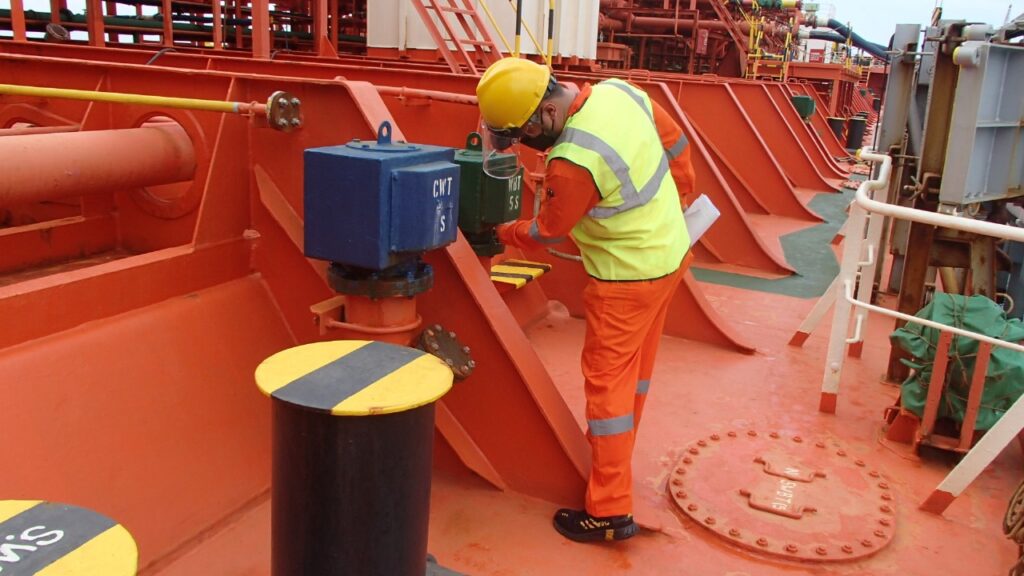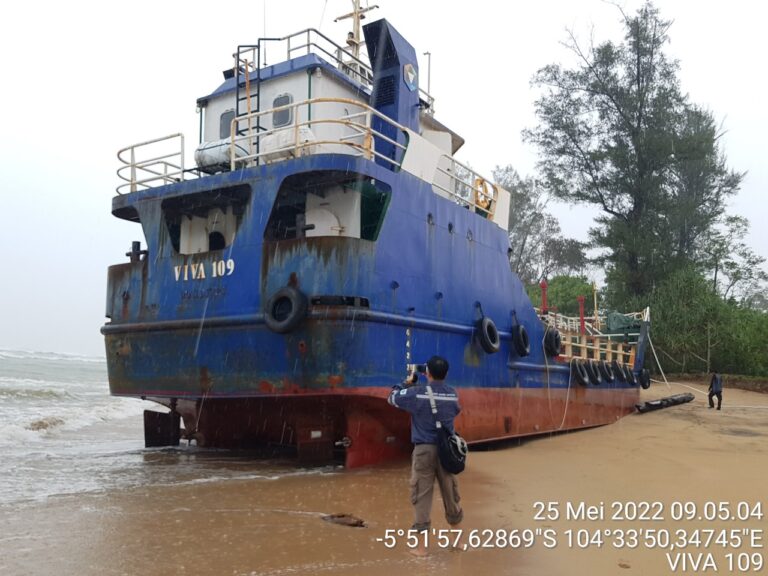Condition surveys generally focus on hull and structural elements of the vessel, machinery and its equipment, cargo compartments, hatch covers (if available), maintenance aspects, certification and documentation, safety and fire-fighting equipment, navigational equipment, compliance with international regulations and Codes, any special specifications of the vessel as per her type, etc
is a report which details the current condition of a boat and estimates its value. The surveyor will complete a thorough visual inspection of the boat you intend to purchase. The survey report will cover the areas inspected and include recommendations regarding problem areas. It will also include a current market value estimate.
Pre-purchase surveys mainly focus on assessment of actual condition of the vessel, hull structure, machinery and its equipment, maintenance status/records, cargo compartments/equipment, deck machinery, safety and firefighting equipment, navigational equipment, etc., evidencing with photographs
The On and Off-hire surveys are conducted in order to determine the condition of a vessel prior to being accepted into charter, and prior to being handed back to the vessel owner, to determine any changes in condition that may have occurred between the commencement of the charter and the termination of the charter.
The bunker survey is required in order to calculate the exact amount of bunkers on board at the time of vessel’s delivery/redelivery.
The survey in order to evaluate current technical condition and studying of repair list which has been made by ship’s owner. This will indicate whether repair list has accomplished current preparation requirements followed by Classification regulation or Government regulation.
A marine warranty surveyor provides independent third-party technical review and approval of high-value and high-risk marine construction and transportation project operations – from the planning stages through to the physical execution.
A pre-loading survey is carried out to assess and determine the condition of the cargo prior to loading and to ascertain that all is adequate for ocean carriage. The main focus of this survey is to find out any damage so that it may be rectified at once or replaced immediately. The uties are as follows:
v check the condition of cargo
v checking the condition of packing and packaging
v quantity tally
v weigh of random checking
v monitoring to the loading operation into transportation (containers, vessel)
v monitoring to lashing
v securing of cargo
The main focus of this survey is to ascertain the condition of the cargoes before the commencement of discharge and after the completion of the discharge, as well as the outturn of the cargo discharged. The surveyor is to carry out important responsibilities as follows:
v For break-bulk cargo a pre-discharge inspection on the cargo stowed, report on the condition of stowing of the cargoes whether intact and properly stowed or with collapsed stowage.
v To report on the type of securing of cargo and conduct salinity test, if the steel cargoes are in rusty or rust-stained condition.
v To monitor the cargo condition during the whole course of discharging operations and verify the outturn of cargo discharge.
Draft survey or also known as draft survey is a system for calculating cargo based on a letter or ship draft. These measurements are made before the goods are loaded and after the unloading process.
Calculation of cargo using the draft survey system still takes into account any changes in goods other than the main cargo while on board.
This type of survey is to assess whether the cargo is properly loaded and tied up, thereby determining whether they are capable of sailing. In other words, it is to assess whether the loading, dunnage and lashing are to ensure the safety of cargo in the normal shipment from the loading port to the discharge port.
Intended to provide underwriters with a thorough understanding of the nature of the risk they are insuring, and to provide meaningful risk management and reduction guidance to the yards. JH143 surveys evaluate a yard in terms of the following areas
 are conducted to determine the general condition of the ship and to provide insurance companies with an overview of the ship’s maintenance status. At the same time, P&I fitness survey studies help P&I clubs decide on insurance entry. These evaluation results also show the minimum requirements for the club to secure the ship. Because P&I clubs want to know how safe the ship they will secure is and whether it is in good condition in terms of possible losses.
are conducted to determine the general condition of the ship and to provide insurance companies with an overview of the ship’s maintenance status. At the same time, P&I fitness survey studies help P&I clubs decide on insurance entry. These evaluation results also show the minimum requirements for the club to secure the ship. Because P&I clubs want to know how safe the ship they will secure is and whether it is in good condition in terms of possible losses.

